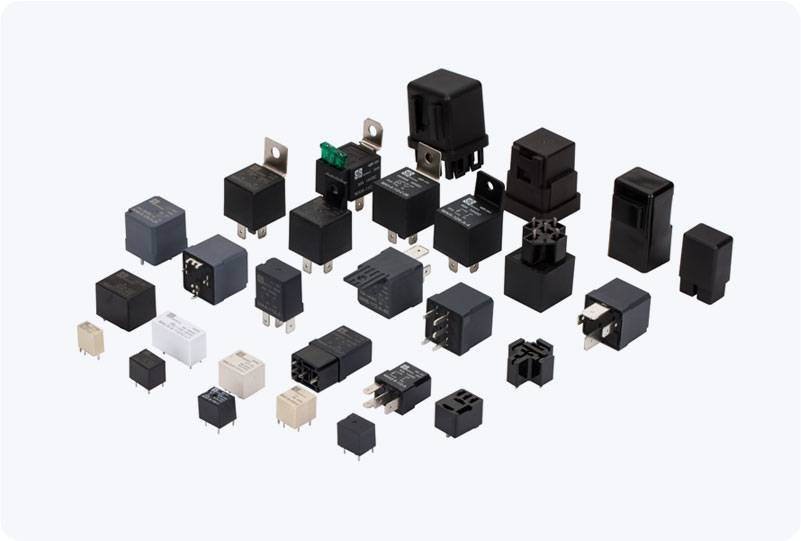The Internet of Things (IoT) has transformed the way we interact with everyday objects. One key component driving this revolution is the IoT Relay Module. By enabling remote control of electrical devices, these modules have significantly enhanced both consumer convenience and industrial efficiency. This article will explore what IoT Relay Modules are, how they function, and the impact they have on modern technology.

What is an IoT Relay Module? An IoT Relay Module is an essential device that allows the remote control of high-power electrical devices through a network. Typically, this module features a low-voltage control circuit that connects to a high-power relay switch. It acts as a bridge between the low-power IoT controller, such as a microcontroller or a smartphone app, and the high-power electrical devices like lights, fans, or machines. The relay itself is an electromagnetic switch that can open or close a circuit, allowing for the control of electrical devices without manual intervention. The beauty of the IoT Relay Module lies in its ability to integrate seamlessly with IoT systems, enabling remote operation through wireless protocols such as Wi-Fi, Bluetooth, Zigbee, or even cellular networks.